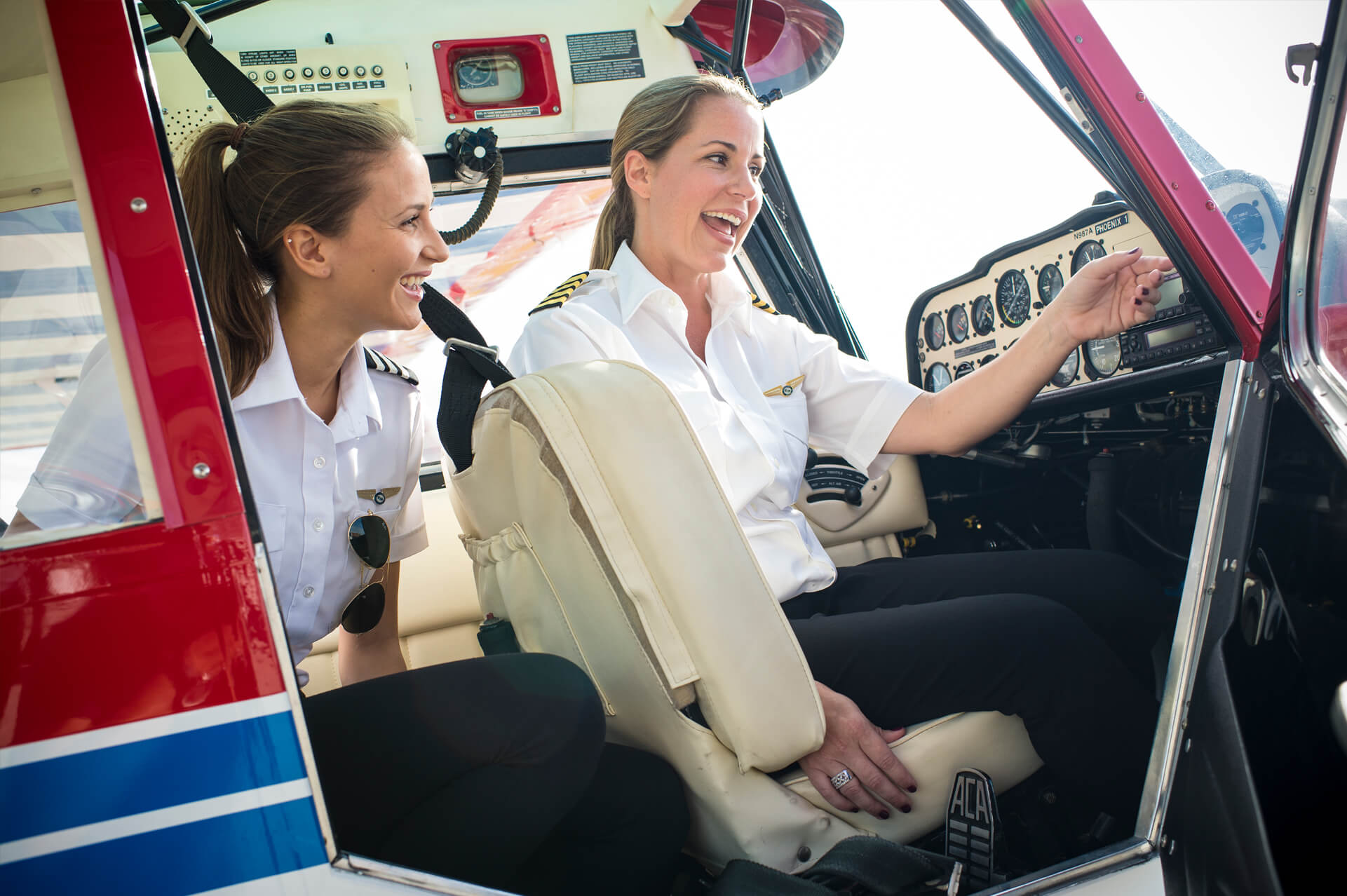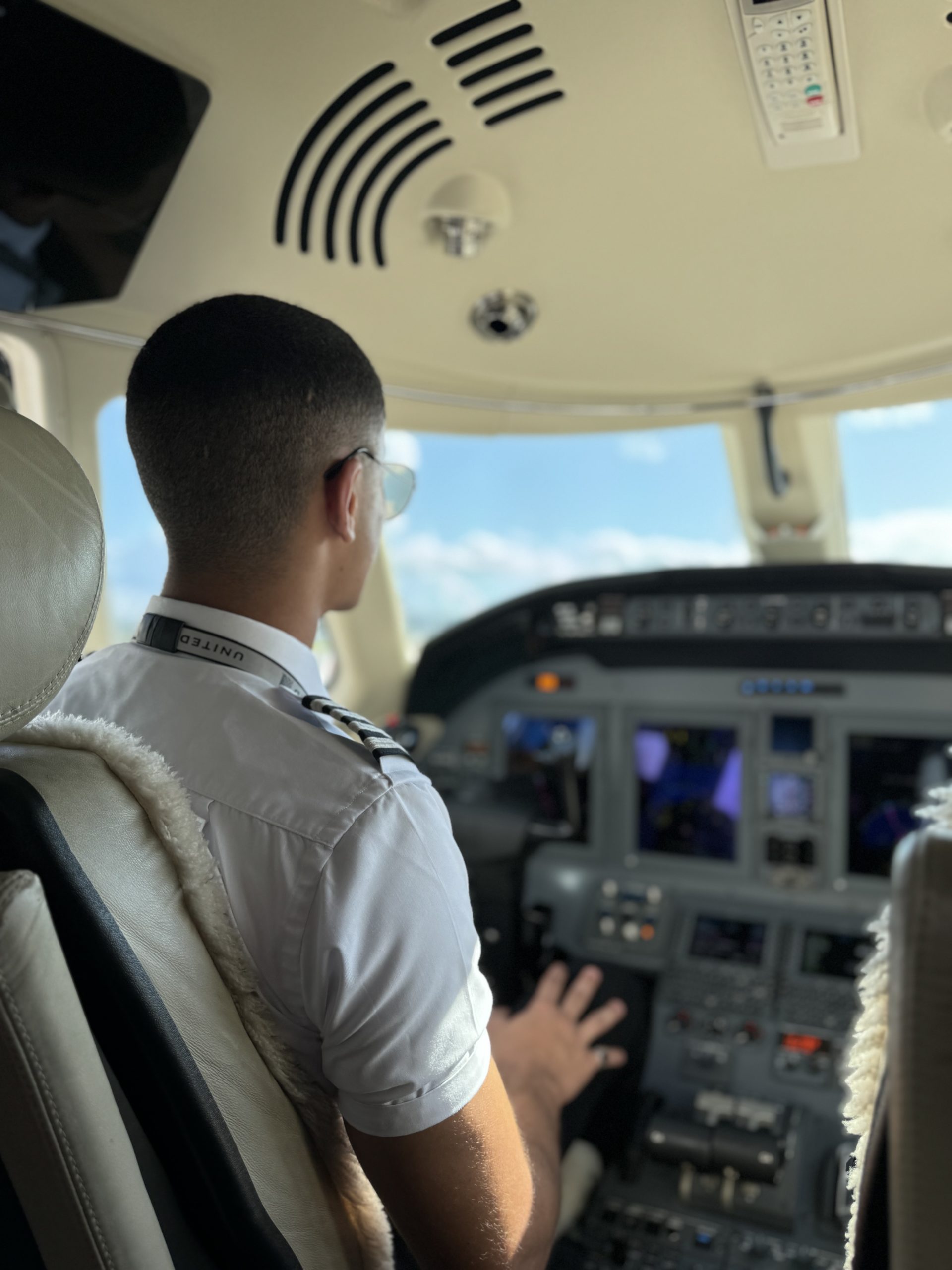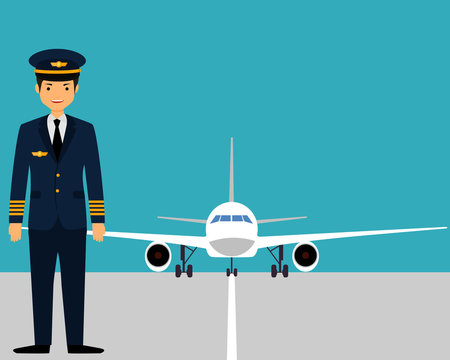What is Risk Management For Pilots?
Student pilots study risk management as part of their flight training curriculum. The FAA has decided that managing risks is both necessary and important, and for good reason: An analysis of aviation accident investigations tells us that that most aircraft accidents are preceded not by a single event, but by a chain of events. These events are risks that pilots need to mitigate, hence the FAA’s focus on risk management for pilots.
The FAA defines risk management as “the part of the decision-making process which relies on situational awareness, problem recognition, and good judgment to reduce risks associated with each flight.” (FAA Risk Management Handbook, FAA-H-8083-2)
There are numerous possible hazards associated with flying, including fatigue, stress, environment, weather conditions, aircraft equipment and condition, and external pressures such as a check ride or a pushy passenger.
The risk associated with each hazard varies with each individual pilot. One pilot might perceive a particular hazard as more of a risk than another. For example, one pilot might be overcome with stress before a check ride while another pilot will be excited for the challenge. Neither situation is right or wrong, but the way a pilot manages these risks makes all the difference in the world.
The FAA outlines risks with the PAVE checklist, which stands for:
P– Pilot
A– Aircraft
V– enVironment
E– External Pressures
Pilot risks include physical and emotional health, fatigue, medication and stress. Pilots can use an addition checklist that the FAA calls the IM SAFE checklist to analyze their own personal risk. The IM SAFE checklist includes illness, medication, stress, alcohol, fatigue and emotion.
Aircraft risks include things like the condition of the airplane, its payload and expected performance under certain conditions (passengers, fuel, etc.) Pilot currency requirements are also included among aircraft risks.
Environmental risks are weather conditions, terrain, airports, and airspace, as well as day and night differences.
External pressures can come from a pilot’s personal life, but also from others at work or school, including a boss or demanding instructor. Sometimes pilots feel unnecessary pressure to get to a destination no matter what – called “get-there-it is” by the FAA. In addition, some pilots carry an associated risk with having one or more hazardous attitudes.
As a pilot, knowing about these hazards and risks will help develop a plan to avoid encountering them. If the risk cannot be avoided completely, pilots have to analyze the extent of the risk and find ways to manage it so that the safety of flight is not in jeopardy.




